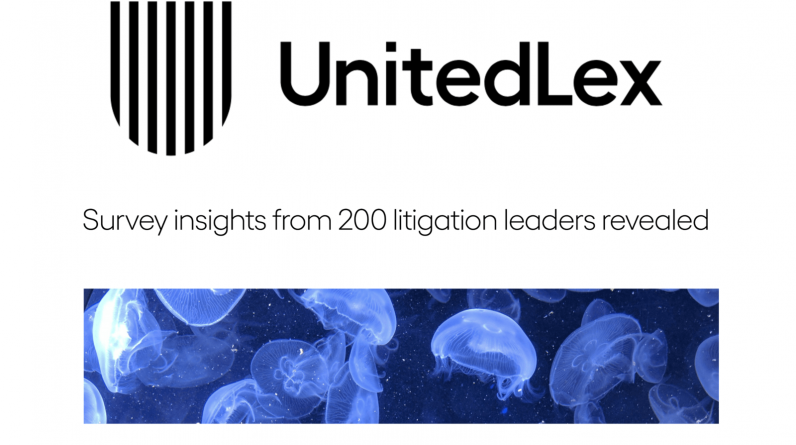

A survey of over 200 senior lawyers at AmLaw 200 law firms and those working inhouse at major corporations, mainly with a professional interest in disputes, has found that inhouse lawyers appear to be more focused now on AI and automation than their external cousins.
The study by ALSP UnitedLex found that when asked what were the top areas for modernisation, only 57% of law firms said integrating automation and analytics, while 71% inhouse said this – which was the highest level of interest across all options.
But, in addition, when asked about their long-term goals and specifically on what were the top areas for continuous improvement, inhouse lawyers said the top priority was adopting AI tools (46%), as compared to law firms, which put this in sixth place in terms of importance (38%).
For law firms the top long-term, continuous improvement goal was to focus on ‘resource use improvements’, which in this context is likely a euphemism for getting more out of associates and support staff.
 Continuous improvement priorities. UnitedLex data, 2024.
Continuous improvement priorities. UnitedLex data, 2024.
One possible reason for this is that AmLaw 200 law firms are already very far into AI adoption and so it’s not a priority any longer – but, that seems rather unlikely. What is more likely is that law firms are simply more focused on short-term annual profitability metrics, which then follow through into equity partner cash distributions. I.e. squeezing X or Y lever to make a little more PEP this year feels more important than the longer term systemic evolution of the business based on integrating new AI technology – at least for a significant number of law firms.
Inhouse teams, as staff members of often very large businesses, have a very different set of challenges. The key difference is that the main owners of the inhouse legal function are not the lawyers…..but the shareholders of the entire company and their goals are heavily aligned with driving efficiency and finding cost savings where possible to increase financial benefits for them, which includes legal, risk & compliance.
Or put it another way, shareholders naturally always want their businesses to be more profitable, the question is how far do the financial goals of the shareholders of law firms (i.e. partners) align with the shareholders, executive teams, and senior inhouse lawyers that use their services? Most of the time they align nicely for all, but perhaps as AI, automation and new ways of working, such as using ALSPs develop, will this alignment remain so close? Are some law firms not seeing the long-term risk by focusing so much on short-term profits?
Any road, the survey underlines something that could evolve into a fault line for the industry, at least for more low-risk work. And if clients are thinking more about cost and efficiency for some types of matter, this may in turn help to drive greater use of ALSPs.
One last point, when it came to law firms sending work out to ALSPs, while plenty saw the benefits for litigation work, as is often the case for eDiscovery, when it came to M&A due diligence work, only 6% of those at law firms were considering sending this out to other parties to handle. In short, while disputes work has seen ALSPs carve out a strong niche, for transactional work there is still a long way to go.
But then, one could say that simply means there is a big opportunity for the ALSPs that can win this work.
—
Survey sample: This was 206 senior litigation professionals at American Lawyer 200 law firms and companies with at least $2 billion in annual revenue. Respondents include law firm partners, general counsel, litigation directors, and other senior legal decision-makers. The fieldwork was conducted in March and April 2024.






